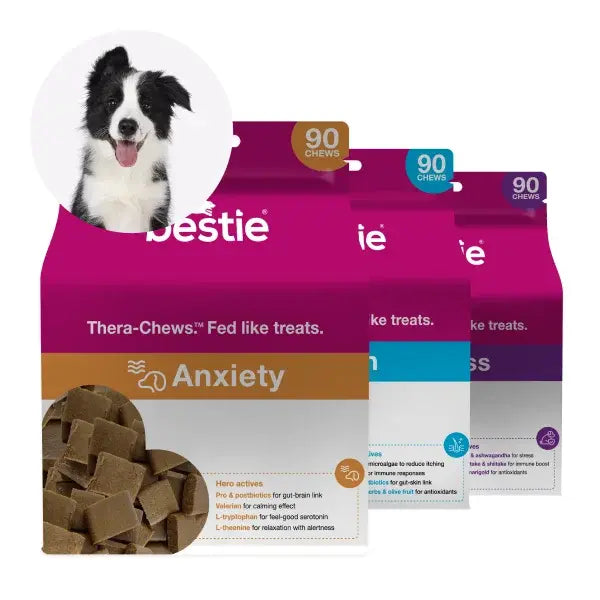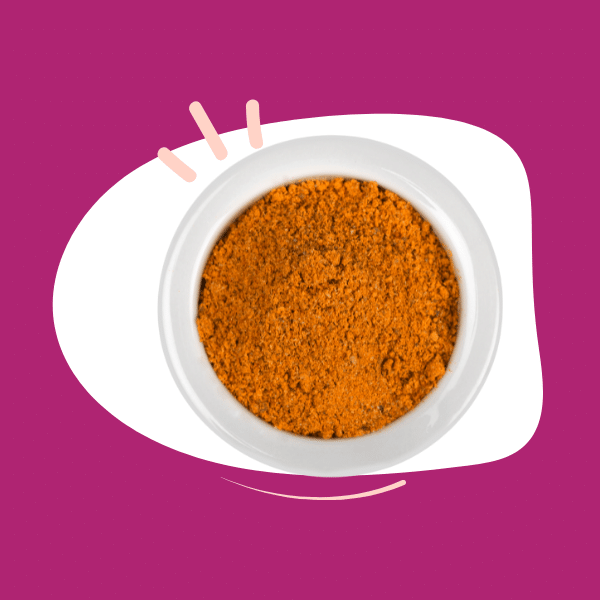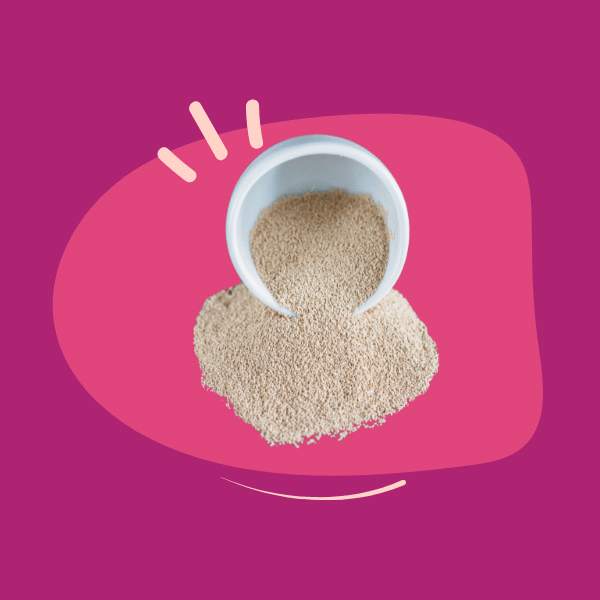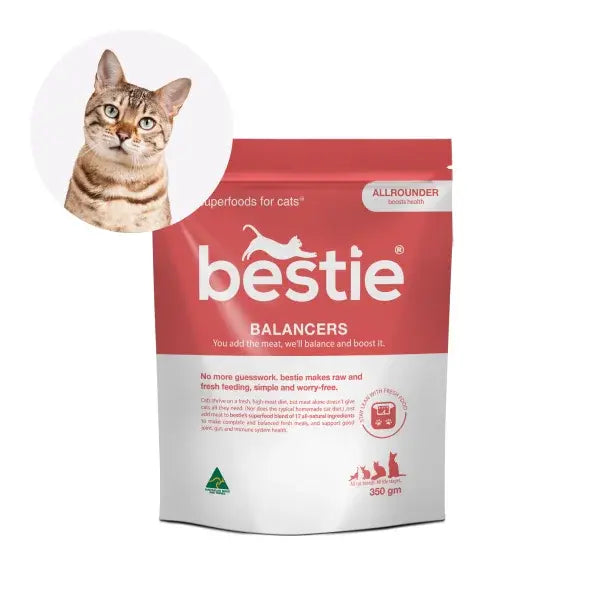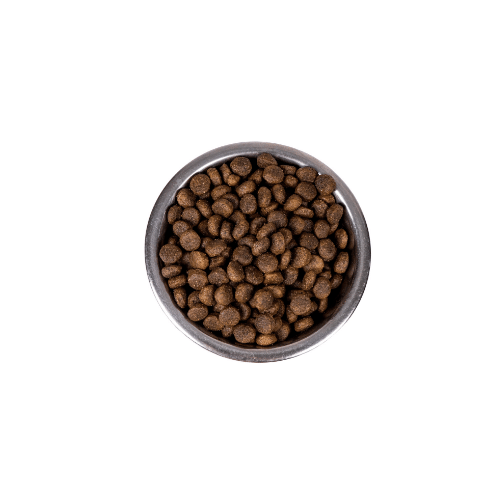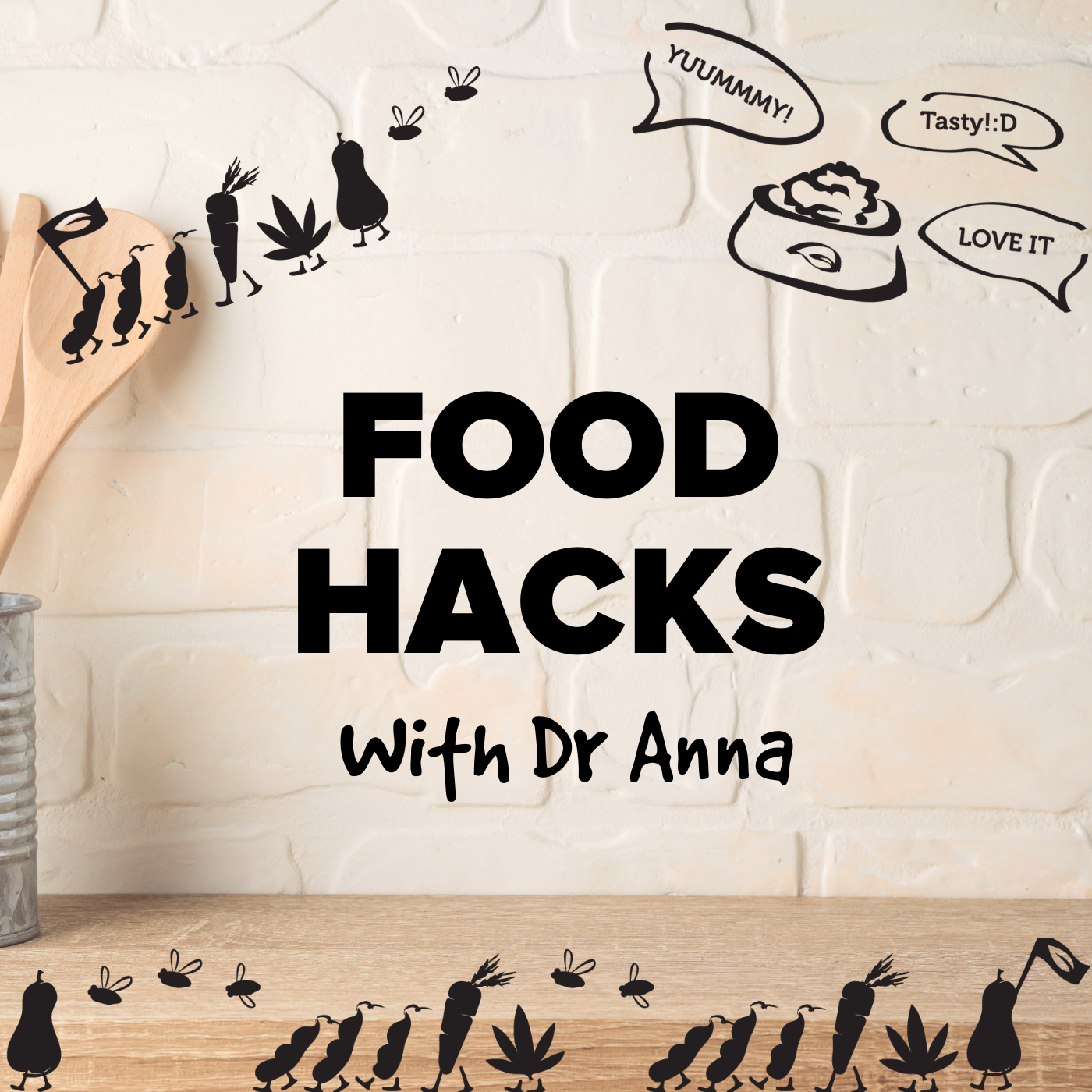Tell your vet you’re NOT feeding kibble, and you could cop a mouthful. But what kind of ‘mouthful’ is kibble – even the premium kind - for your cat? Multiple research studies show that in fact, dry food may be a risk factor for fat cats.
Does this sound familiar? You’re at the vet, and you discover something…anything, that prompts your vet to ask what you’re feeding your cat. You saw, fresh or raw. And then, this:
“It's not a balanced diet and if you continue feeding your cat fresh or raw food you’ll put him at risk. Vets have had their training and you should really go back to kibble to keep him healthy.”
Of course, not all vets feel this way. And the research does paint a different picture. Consider this:
- Young cats: A research study in 2015[1] identified two risk factors that were independently associated with an increased risk of feline obesity developing at 12.5-13 months of age: restricted or no outdoor access and feeding dry food as the only or major (>50%) type of food in the diet.
- Teenage cats: Research in 2017[2], found that cats fed dry food as the only or major part of their diet at about two years of age, were twice as likely to be obese compared to those fed a wet or a mixed diet.
- Adult cats: Research published in 2018[3] showed that cats eating predominantly dry food were more often overweight than cats eating predominantly wet food, in a cohort consisting of mature and mainly neutered cats.
And then there’s the type of dry:
- Research conducted in 2005[4], showed that feeding premium and therapeutic dry foods was associated with increased risk of overweight and obesity. The researchers hypothesised that because premium foods, defined for this study as nontherapeutic brands typically purchased from a veterinary clinic, pet store, or large-format pet product retailer, are typically higher in caloric density than “popular” dry foods, and that the results may indicate that the caloric density of premium foods as they are fed (in quantity or frequency), may exceed the needs of many cats.
- That said, research published in 2019[5] showed that feeding dry food purchased from a supermarket was a risk factor for obesity, and not feeding any dry food was protective!
So cats get fat. Is that a big deal?
In short, yes. A fat cat is not good. Here’s what being overweight or obese can lead to in cats:
In that 2005 research study, the following was shown:
- Both overweight and obese cats are at greater risk of oral disease than the rest of the adult cat population.
- Overweight cats are at increased risk for urinary tract disease.
- Obese cats are at increased risk for diabetes mellitus, corroborating previous feline studies suggesting this association.
- Obesity also increased risk for dermatopathy and the relationship between obesity and skin disease supports the finding in an earlier cohort study of cats.
- Obesity also increased risk for neoplasia (tumours) in our study, but risk for specific types of cancer would require study designs more suited for the study of rare disease.
It’s worth pointing out that diet, and specifically dry food, is not the only risk factor for cats and obesity. There are others, that we talk about in our post FAT CATS: HOW DOES YOUR PERSONALITY AFFECT YOUR CAT? TAKE THE QUIZ.
However, diet is very important. When it comes to obesity, studies have shown that:
- Increased dietary protein promotes fat loss and reduces loss of lean body mass during weight loss in cats
- High-protein diets can increase energy expenditure, as protein can induce a higher thermic effect than the other macronutrients.
- Cats are obligate carnivores, whose natural diet consists mainly of protein-rich animal prey.
- Cats lack several enzymes involved in carbohydrate metabolism, such as salivary amylase, and have low activities of intestinal amylase and disaccharidases, which indicates they aren’t adapted to using carbohydrates as a primary energy source, although they can still digest and utilize cooked starch.
So, watch out for a fat cat! Ditch the dry food, feed fresh (but balanced) and if your vet doesn’t like it, find one that has a holistic approach.
You may also find that our balancing supplement for cats makes it easy. Meat is great, but it doesn’t give cats all they need. bestie’s 22 super-nutritious whole foods add the missing elements to make a complete and balanced fresh meal.
bestie also boosts gut, immune and joint health, because it adds more than the ‘complete and balanced’ minimum.
SOURCES
[1] https://www.ncbi.nlm.nih.gov/pubmed/26265631
Rowe, Elizabeth & Browne, William & Casey, Rachel & Gruffydd-Jones, Timothy & Murray, Jane. (2015). Risk factors identified for owner-reported feline obesity at around one year of age: Dry diet and indoor lifestyle. Preventive veterinary medicine. 121. 10.1016/j.prevetmed.2015.07.011.
[2] Rowe, E. C., et al. "Early-life risk factors identified for owner-reported feline overweight and obesity at around two years of age." Preventive veterinary medicine 143 (2017): 39-48.
[3] Öhlund, Malin, Malin Palmgren, and Bodil Ström Holst. "Overweight in adult cats: a cross-sectional study." Acta veterinaria scandinavica 60.1 (2018): 5.
[4] Lund, Elizabeth & Armstrong, Jane & Kirk, Claudia & Klausner, J.S.. (2006). Prevalence and risk factors for obesity in adult dogs from private US veterinary practices. Intern J Appl Res Vet Med. 4. 177-186.
[5] Wall M, Cave NJ, Vallee E. Owner and Cat-Related Risk Factors for Feline Overweight or Obesity. Front Vet Sci. 2019;6:266. Published 2019 Aug 19. doi:10.3389/fvets.2019.00266
https://www.frontiersin.org/articles/10.3389/fvets.2019.00266/full#B8



